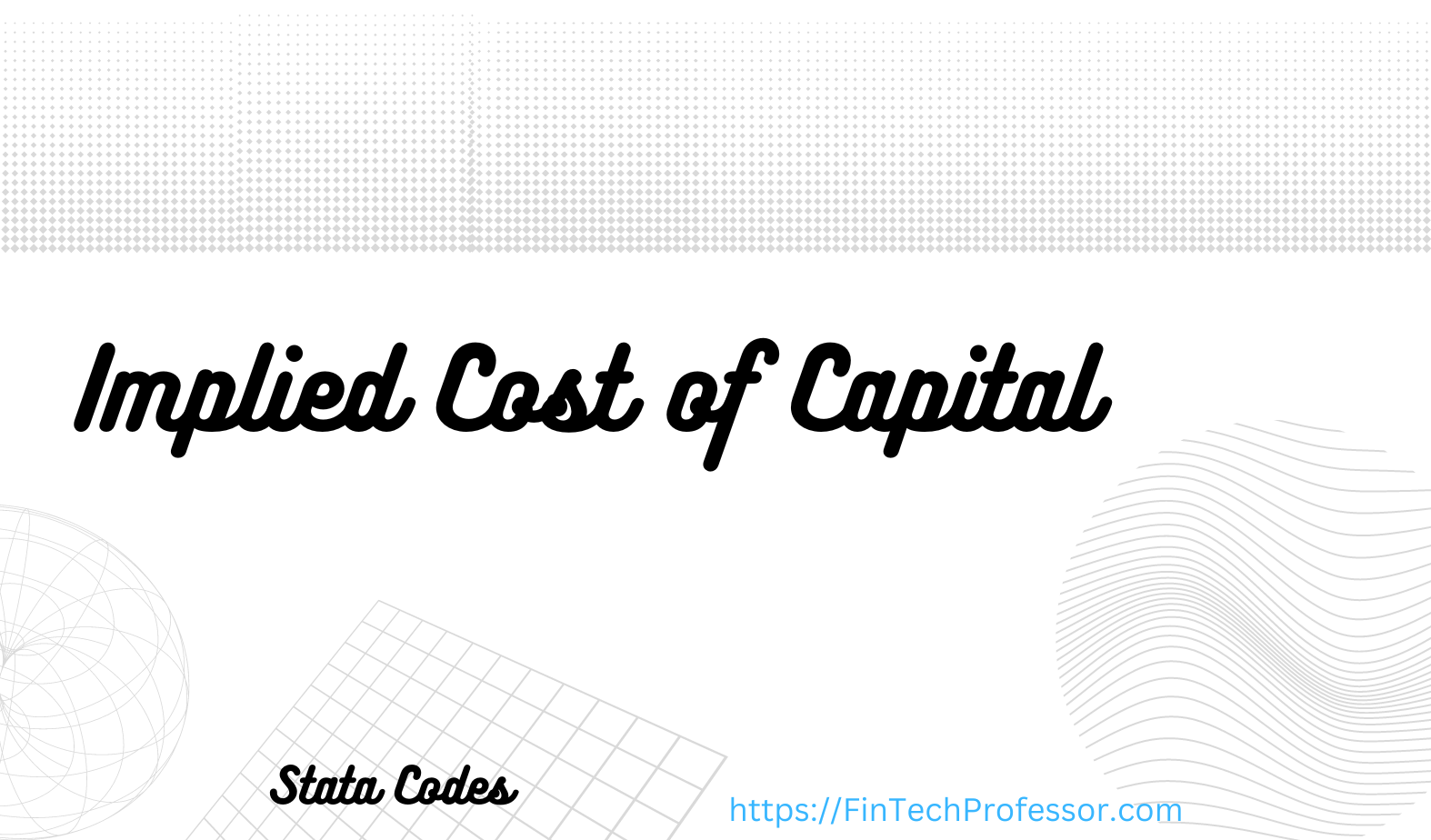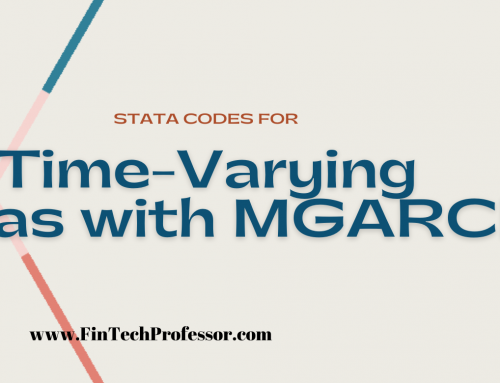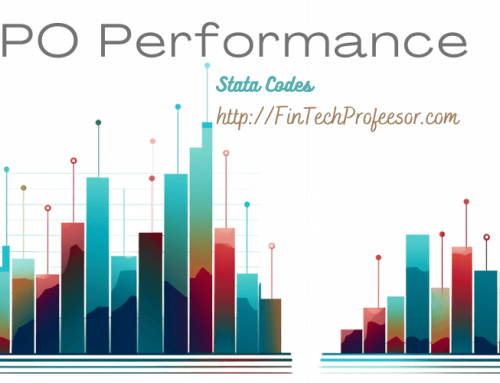Introduction
Clause and Thomas (2001) estimate the equity premium from the discount rate that equates market valuations with prevailing expectations of future flows. Their model uses forecasted earnings and market share prices and solves for the implied cost of equity.
where M_t is the market equity in year t , R is the implied cost of capital (ICC), B_t is the book equity, E_t [] denotes market expectations based on information available in year t , and (ROE_{t+k} - R) \times B_{t+k-1}] is the residual income in year t+k , defined as the difference between the return on book equity and the ICC multiplied by the book equity in the previous year. Following Claus and Thomas (2001), g is set to the current risk-free rate minus 3%.
Usually, all ICC models have lengthy equations and unknowns that call for deep root functions. With the exception of Gordon and Gorden (1997) model, all other models require complex algebra to solve for the unknown i.e. the required rate of return. The good news is that we have developed an efficient and fast solution for all these models. We use the Mata capability of Stata Software to solve for the unknowns.
Furthermore, we also have developed Stata codes to find forecasted earnings using recently developed models such as Hou et al. (2012). Almost all implied cost of equity models use forecasted earnings. Therefore, the two set of codes compliment each other.
Pricing
The code is available for $100/model, plus a $50 for raw data processing (in case the data is not in Stata format and variables are not already constructed). For further details, please contact us at:
![]() attaullah.shah@imsciences.edu.pk
attaullah.shah@imsciences.edu.pk
Stata.Professor@gmail.com
References
- Claus, J., Thomas, J., 2001. Equity premia as low as three percent? Evidence from analysts’ earnings forecasts for domestic and international stock markets. Journal of Finance 56, 1629–1666.
- Easton, P., 2004. PE ratios, PEG ratios, and estimating the implied expected rate of return on equity capital. The Accounting Review 79, 73–95.
- Gebhardt, W., Lee, C.M., Swaminathan, B., 2001. Toward an implied cost of capital. Journal of Accounting Research 39, 135–176.
- Gordon, J., Gordon, M., 1997. The finite horizon expected return model. Financial Analysts Journal (May/June), 52–61.
- Hou, K., Van Dijk, M.A. and Zhang, Y., 2012. The implied cost of capital: A new approach. Journal of Accounting and Economics, 53(3), pp.504-526.
- Ohlson, J., Juettner-Nauroth, B., 2005. Expected EPS and EPS growth as determinants of value. Review of Accounting Studies 10, 349–365.





